1
HOME > Trends >
WORKWEAR THAT TRANSLATES TO EVERYDAY WEAR
Written by Ivan Yaskey in Trends on the 7th December 2022
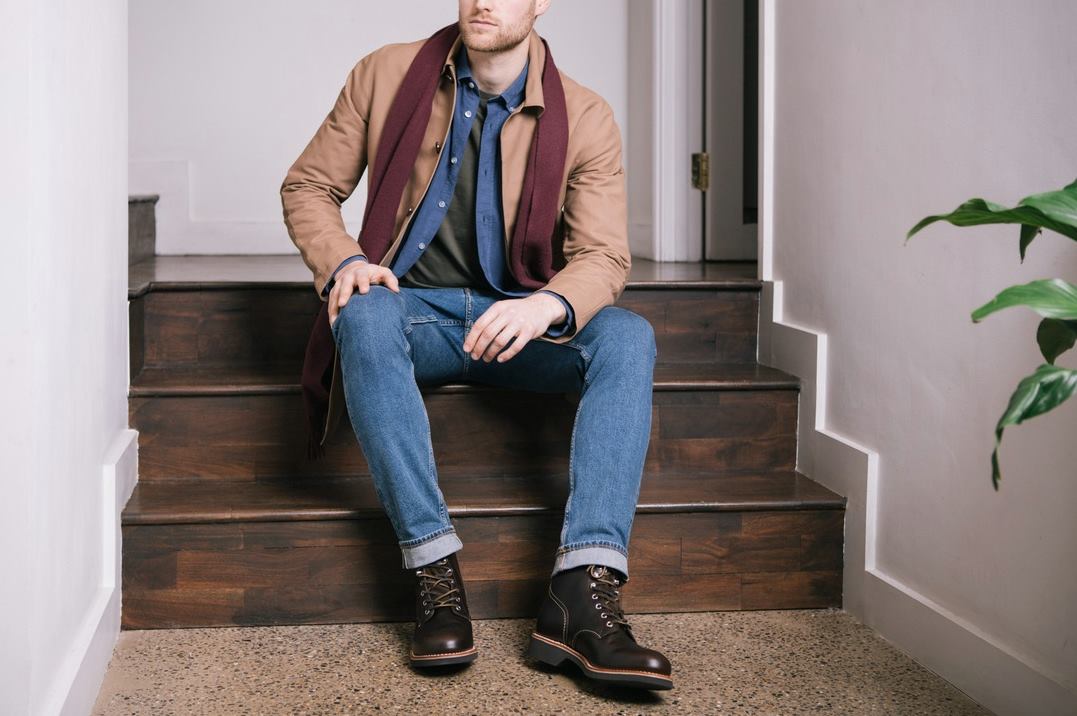
Workwear, as a concept, is synonymous with practicality. Clothing functions as something more than a drip or drape. Rather, it resists harsh environments, takes a streamlined approach to insulation, and is reinforced in key areas to last through repetitive applications. Classic workwear, in this regard, veers toward denim, cotton duck, and leather work boots. While this core remains relatively the same, true workwear – something you’d wear to farm, work on a rig, or do construction – has evolved. Duluth Trading, Carhartt, and Dickies have all thrown in some spandex for their comfort and flexibility properties, ultimately taking some of the roughness out. Workwear jeans, meanwhile, surpass what you’d expect from Levi’s, often with extra pockets, including for knee pads, and flannel lining for warmth. Then, on the subject of work boots, steel toes stick around, but have been joined by composite options, which promise just as much durability but with less weight – and the ability to pass through airport security without issue.
Despite these changes – and the emphasis of workwear-to-everyday construction – romanticism around denim, cotton duck, and leather persist, partially for their American heritage appeal. In turn, “classic workwear” has emerged, building off this history without losing sight of its roots.
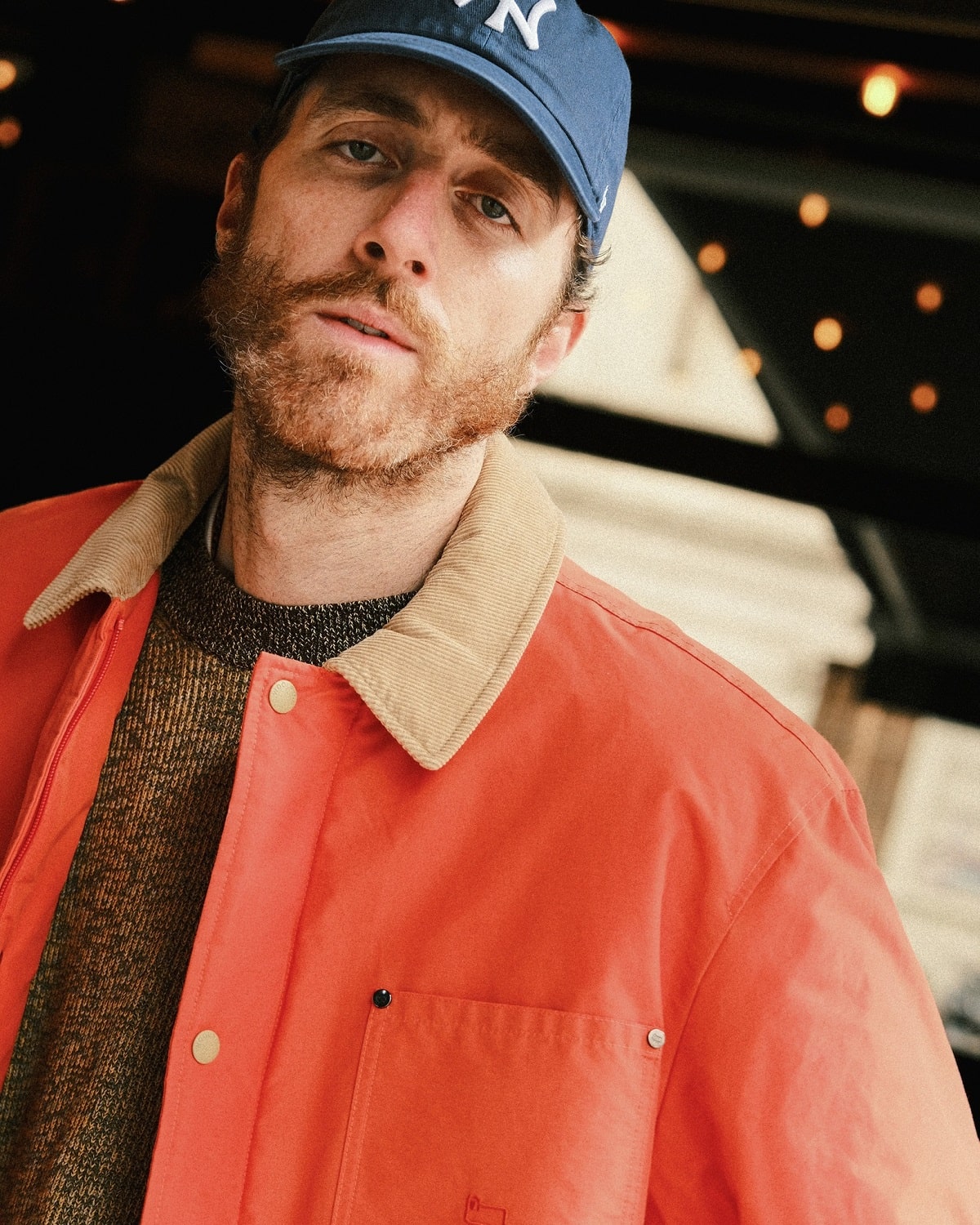
So, Why Workwear?
Anyone who’s ever worked in a warehouse, construction, or a job requiring personal protective equipment (PPE) knows that genuine workwear can be heavy and bulky. It’s also tough as hell, which means that it lasts longer than other off-the-rack options. Stuff in more recent decades has also been built for performance – from warmth without a ton of weight and layers to better stain resistance. At the same time, too, workwear is made for a degree of layering, factoring in the extreme temperature differences some environments can have.
Despite neon hues and metallic strips for visibility or adjusting apparel mixes to be lighter and stretchier without ripping, the basic foundation of workwear has generally remained unchanged. You want something to wear day in day out, year after year, that provides adaptable coverage and lets you do your job. This still-practical, seemingly timeless foundation has taken a similar trajectory as military garments – sometimes, something invented for a specific purpose suits a more pedestrian role. Starting in the 1980s, hip-hop culture’s mainstream ascendance highlighted workwear as an everyday garment, from Carhartt beanies and pocketed jackets to cargo trousers, while ‘90s skater culture glorified the toughness of Dickies trousers, at least in terms of falling down repeatedly on asphalt.
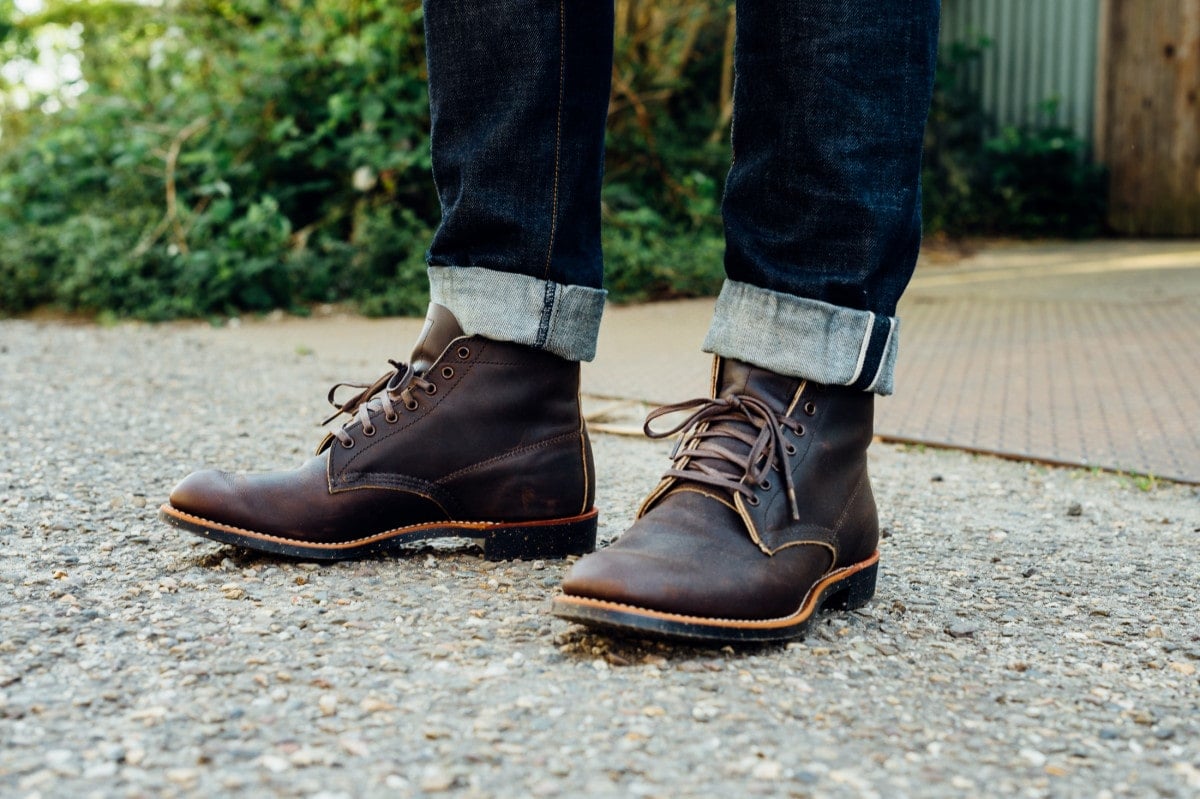
Yet, these contexts serve as an extension of workwear’s core element – blue collar, often urban, and built to hold up to rougher, more demanding usage. That perspective started to change in the late 2000s and early 2010s with the rise of #menswear, especially the appreciation bordering on romanticism of heritage brands. While this drew more eyes to tweed and wool suits, the American version predictably looked toward symbols of late 19th and early-to-mid 20th century expansion – the open plains, industrialization, and eventually building a more uniform national infrastructure. This rose-colored angle ultimately meant an appreciation for raw and Japanese denim, flannel, waxed cotton, and Goodyear-welt construction.
A decade later, the cosplay and Hollywoodization of Manifest Destiny have become, thankfully, more subdued. In turn, workwear’s more practical roots have started to show. In an era characterized by workwear-inspired streetwear and more pared down, capsule wardrobes, these functions encompass more storage – hence no need to overstuff your pockets or use a cross-body bag – and greater durability – both in facing the weather and considering the longevity of your wardrobe. Appearance – unless you’re going for some kind of hyped collab – leans into the subdued and neutrals – browns, tans, greens, grays, and blues.
At the same, with fast fashion coming under scrutiny, workwear exists in two worlds. One, unless you’re seeking out something like Carhartt WIP or Japanese denim, most of what you’ll find is reasonably priced, especially in relation to cost per wear. Construction, for the most part, embodies what we seek from an American heritage brand – that is, heavier, more durable, and less likely to fall apart after a year of wear. As a related third factor, unless you’re walking around in hi-viz gear, most workwear goes relatively unnoticed: It’s not a fashion statement, except for certain pairs of eyes, and it mixes well with other casual staples, like T-shirts and jeans.
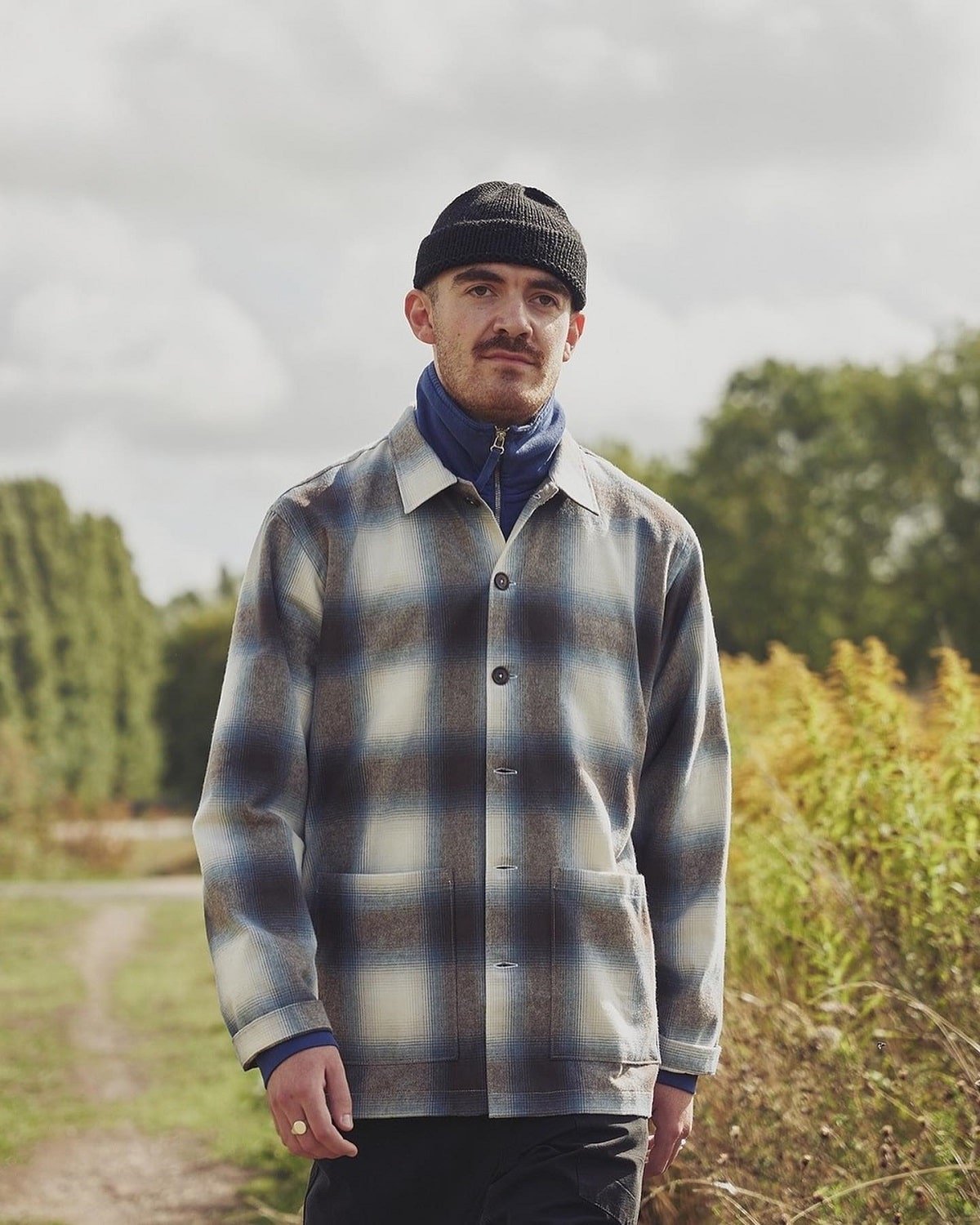
Key Everyday Workwear Staples
Denim
It doesn’t matter how you wear it – jeans, trucker jacket, or a button-front shirt. Denim is one of the OG American workwear materials, dating back to the cowboys and railroad workers of the 19th century. Today, raw, 100% cotton denim adds more authenticity – as well as greater durability and is less likely to stretch out.
Flannel
Lumbersexual was a thing for a split second, but more prominently in pop culture, Grunge style of the late ‘80s into the ‘90s highlighted how this plaid-printed, napped cotton- or wool-based material can keep you warm in the cooler, often-rainy conditions of the Pacific Northwest – an area known for its timber industry. Today, especially with ‘90s menswear never truly biting the dust, authentic flannel functions as an easy-to-layer overshirt for transitional conditions.
Overshirts
On the subject of overshirts, this dual-functional garment picks up where flannel leaves off with heavyweight wool construction often lined with a layer of quilted insulation. Overshirts tend to be the multitool of workwear garments – they function as a heftier shirt, become a midweight jacket over a T-shirt, and aren’t bulky enough that you can’t wear one under a Carhartt cotton duck jacket. Then, there are the pockets – optimal for storage while also placed perfectly for your hands.
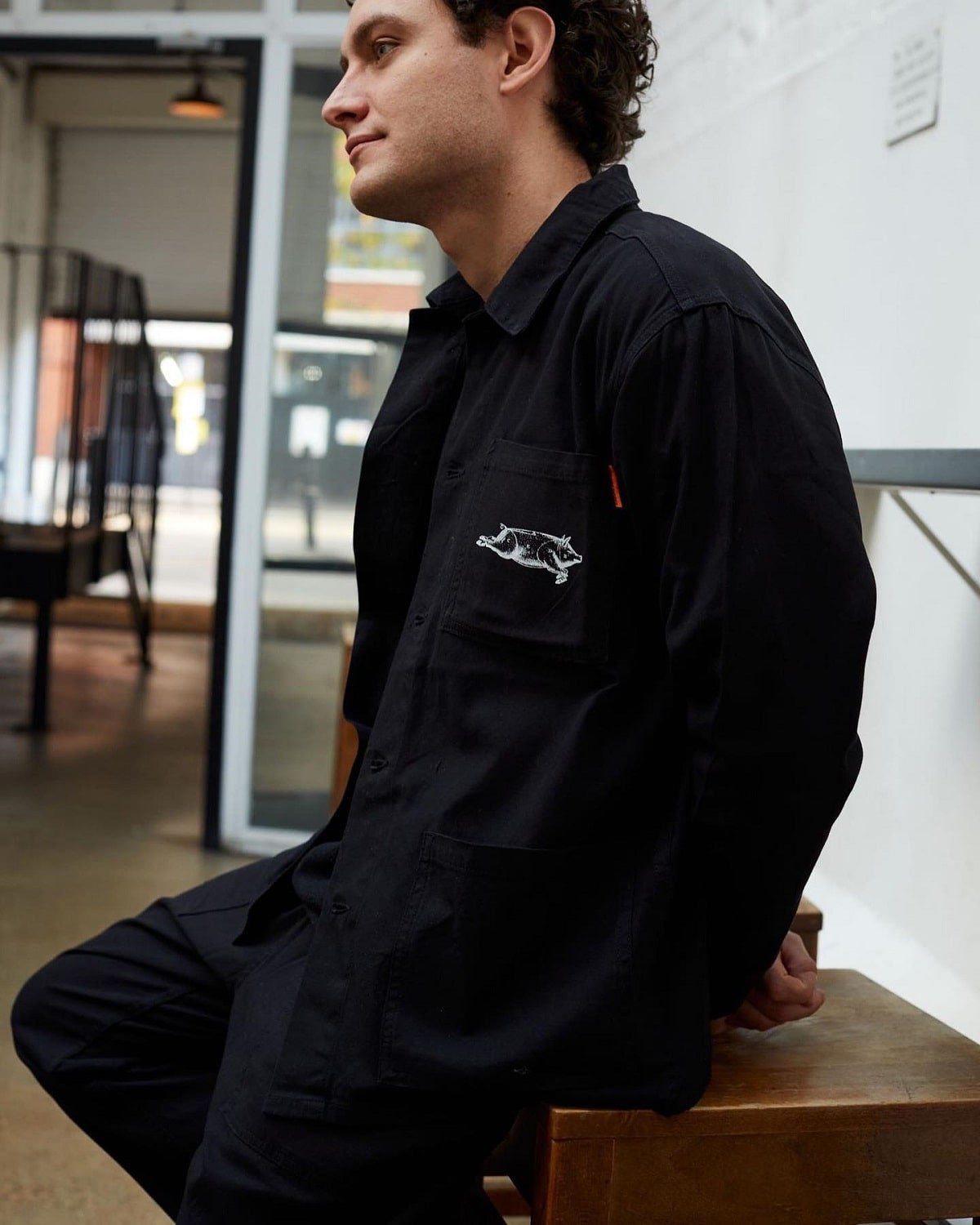
Chore Coats
Despite their origins as a laborers’ staple in 19th century France, the chore coat is often associated with the late style photographer Bill Cunningham, who often rode around New York on a bicycle with his equipment in tow. In both contexts, the boxy, navy-blue garment with multiple pockets appears visually distinct, thanks to the deep blue hue, but is also packed with practicality through multiple exterior pockets. Cotton twill or denim makes up the framework, which feels cut like a blazer with the pockets of a safari jacket. The wider fit and absence of a collar, however, keep it in casual territory, especially as a layer for more transitional weather.
Cargo Trousers
Cargo trousers suit a similar purpose as a chore coat – the extra pockets, added for organizing smaller tools, come in handy. Today, this on-again-off-again style that oscillates between trendy and practical to reviled bro staple opts for straightforward to more oversized construction akin to ‘90s bondage trousers.
Work Boots
Certain work boot brands keep their classic lace-up styles around for a reason – they’re strong, last for what seems like ever (perhaps with an outsole replacement after a decade), and never cast a statement-making profile. In short, they deliver versatility and longevity. Although more recent designs have added insulation, shock absorption, and better arch support for standing on your feet all day while outdoors, old-school options prove to be the ideal everyday style. Sub oxfords or derbies for a pair in brown or black if you need to dress up, while the taller height and lace-up front pair effortlessly with skinny or even wider-cut denim.
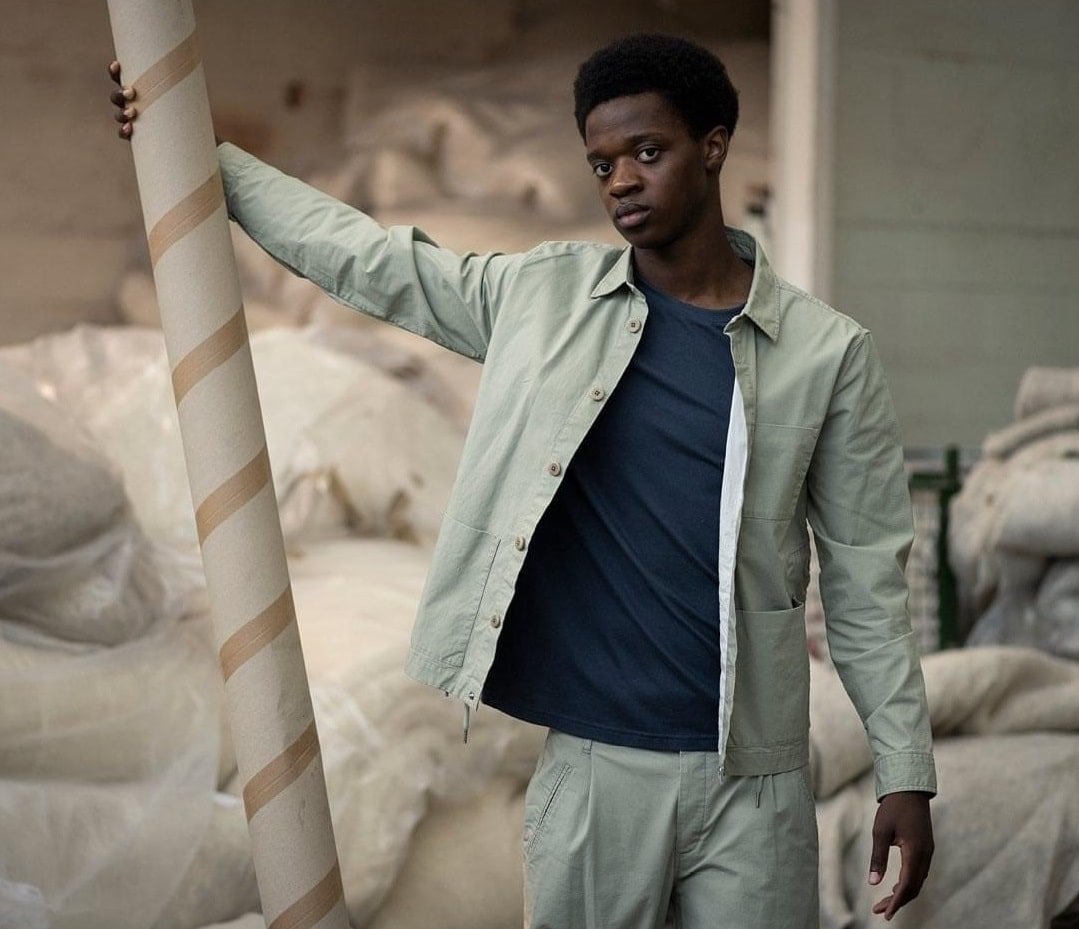

Trending
2
3
4
5
6
7
8
9
10










